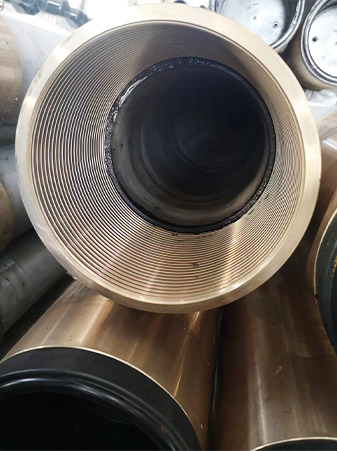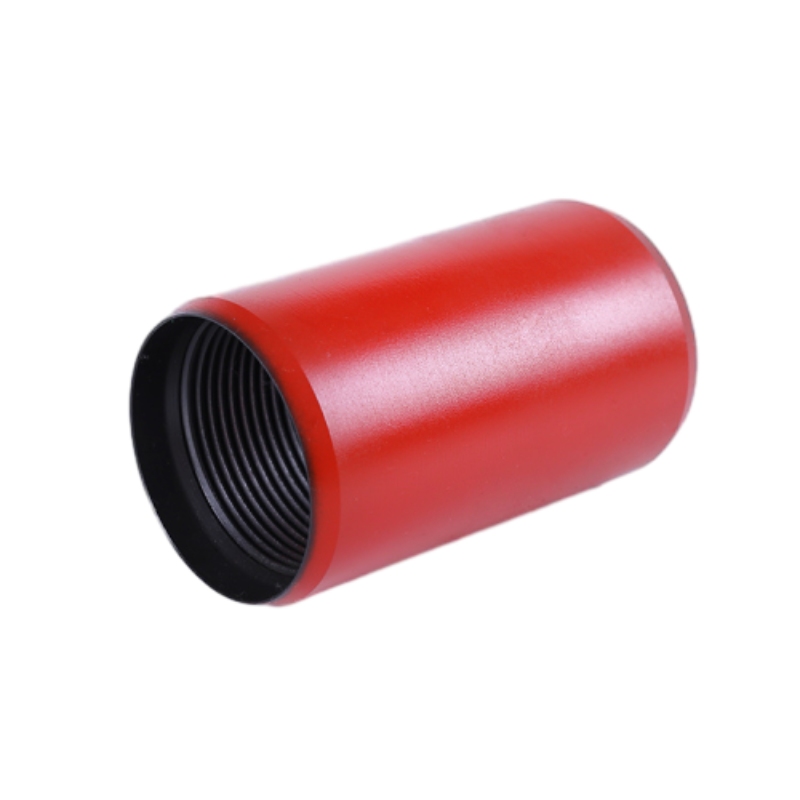- Afrikaans
- Albanian
- Amharic
- Arabic
- Armenian
- Azerbaijani
- Basque
- Belarusian
- Bengali
- Bosnian
- Bulgarian
- Catalan
- Cebuano
- Corsican
- Croatian
- Czech
- Danish
- Dutch
- English
- Esperanto
- Estonian
- Finnish
- French
- Frisian
- Galician
- Georgian
- German
- Greek
- Gujarati
- Haitian Creole
- hausa
- hawaiian
- Hebrew
- Hindi
- Miao
- Hungarian
- Icelandic
- igbo
- Indonesian
- irish
- Italian
- Japanese
- Javanese
- Kannada
- kazakh
- Khmer
- Rwandese
- Korean
- Kurdish
- Kyrgyz
- Lao
- Latin
- Latvian
- Lithuanian
- Luxembourgish
- Macedonian
- Malgashi
- Malay
- Malayalam
- Maltese
- Maori
- Marathi
- Mongolian
- Myanmar
- Nepali
- Norwegian
- Norwegian
- Occitan
- Pashto
- Persian
- Polish
- Portuguese
- Punjabi
- Romanian
- Russian
- Samoan
- Scottish Gaelic
- Serbian
- Sesotho
- Shona
- Sindhi
- Sinhala
- Slovak
- Slovenian
- Somali
- Spanish
- Sundanese
- Swahili
- Swedish
- Tagalog
- Tajik
- Tamil
- Tatar
- Telugu
- Thai
- Turkish
- Turkmen
- Ukrainian
- Urdu
- Uighur
- Uzbek
- Vietnamese
- Welsh
- Bantu
- Yiddish
- Yoruba
- Zulu
Understanding Casing Pup Joints for Effective Oil and Gas Well Completion Techniques
Understanding Casing Pup Joints in Oil and Gas Operations
In the oil and gas industry, the efficiency of drilling operations relies significantly on various components, one of which is the casing pup joint. This article aims to delve into the details regarding casing pup joints, their functionalities, applications, and the benefits they bring to oil and gas operations.
What is a Casing Pup Joint?
A casing pup joint is a short piece of pipe that is used in conjunction with the casing string to make up for any gaps that may occur during the completion of the wellbore. Casing refers to the large-diameter pipes that are installed in the well to protect it from the surrounding formations and to prevent the collapse of the wellbore. The pup joint serves as a flexible connector that accommodates any adjustments needed in the length of the casing string during installation.
Typically, casing pup joints range in length from a few inches to several feet, depending on the specific requirements of the well. They are available in various sizes and thread types to match the existing casing sections, ensuring a seamless integration into the structure.
Applications of Casing Pup Joints
Casing pup joints find their primary applications in various stages of oil and gas well construction and operation
1. Well Completion During well completion, maintaining optimal spacing between various segments of the casing string is crucial for effective sealing and stability. Pup joints help accommodate any length discrepancies that may arise due to drilling practices or geological challenges.
2. Reinforcement In certain situations, pup joints can be used to reinforce the casing string, providing additional strength where needed. This is particularly important in regions with unstable geological formations.
3. Customization When the pre-manufactured casing sections do not match the required lengths due to unforeseen drilling conditions, pup joints provide a quick solution. They can be easily installed to customize the length of the casing without the need for extensive modifications.
Benefits of Using Casing Pup Joints
The incorporation of casing pup joints in drilling operations brings several advantages
casing pup joint

- Flexibility The primary benefit of using pup joints is their flexibility. Since they can adjust to various lengths, they enable engineers to make accommodations for well conditions without delaying the operations.
- Cost-Effectiveness Utilizing pup joints can reduce costs associated with drilling operations. By eliminating the need to create new casing segments, operators can save time and money during the installation process.
- Time Efficiency Well construction often operates under tight schedules. Casing pup joints can be quickly assembled and disassembled, allowing teams to maintain momentum and avoid potential delays.
- Improved Integrity By ensuring there are no gaps in the casing string, pup joints contribute to the overall integrity of the well. A well-constructed casing prevents fluid migration and protects groundwater resources.
Considerations When Using Casing Pup Joints
While casing pup joints present numerous benefits, it is essential to consider a few factors during their selection and installation
- Material Selection Casing pup joints must be made from high-quality materials that can withstand the harsh conditions of the subsurface environment. Common materials include carbon steel and other alloys depending on the well conditions.
- Thread Compatibility Ensuring that the threads on the pup joints match those of the existing casing sections is crucial for a secure connection. Proper threading prevents leaks and maintains the structural integrity of the casing.
- Professional Installation Installation should be carried out by experienced professionals to avoid any mishaps that could compromise the wellbore's stability.
Conclusion
Casing pup joints play a vital role in the construction and maintenance of oil and gas wells. They provide the necessary flexibility and customization to meet the unique challenges presented during drilling operations. By enhancing efficiency, reducing costs, and improving well integrity, casing pup joints remain an indispensable component in the ever-evolving landscape of the oil and gas industry. Understanding their functionality and applications can vastly improve operational workflows and ultimately lead to more successful drilling outcomes.
-
Tubing Pup Joints: Essential Components for Oil and Gas OperationsNewsJul.10,2025
-
Pup Joints: Essential Components for Reliable Drilling OperationsNewsJul.10,2025
-
Pipe Couplings: Connecting Your World EfficientlyNewsJul.10,2025
-
Mastering Oilfield Operations with Quality Tubing and CasingNewsJul.10,2025
-
High-Quality Casing Couplings for Every NeedNewsJul.10,2025
-
Boost Your Drilling Efficiency with Premium Crossover Tools & Seating NipplesNewsJul.10,2025







